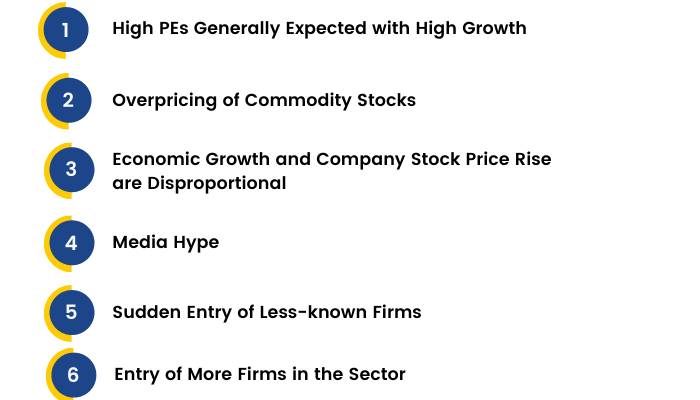Bubble Trap
When markets experience bubbles, investors typically suffer significant losses. Investors are looking for answers to four questions.
- How do bubbles form?
- What kinds of bubbles are there?
- How can one tell if a bubble is forming
- How should an investor deal with bubbles?
These questions are addressed in Chapter 11 of Bubble Trap. Bubbles begin to develop as a result of real-world data. For example, the rise in real GDP growth from 6% to 9% signalled the start of the 2008 bubble. As initial investors begin to profit, word spreads, and others waiting in the wings enter, causing prices to rise. There is a general sense of overconfidence and optimism, which leads to bubbles. Market bubbles, sector bubbles, and stock bubbles are examples of bubbles.
Bubbles have two distinct characteristics. One is rapid PE expansion to abnormal levels, and two is the IPO entry of new and small companies into the market. When investing in the market, investors should keep valuations in mind at all times. They should sell and exit as soon as they see PE expanding beyond reasonable limits. Do not wait until the stock reaches the final 5% before leaving.
How can one identify if bubbles are forming / formed?



